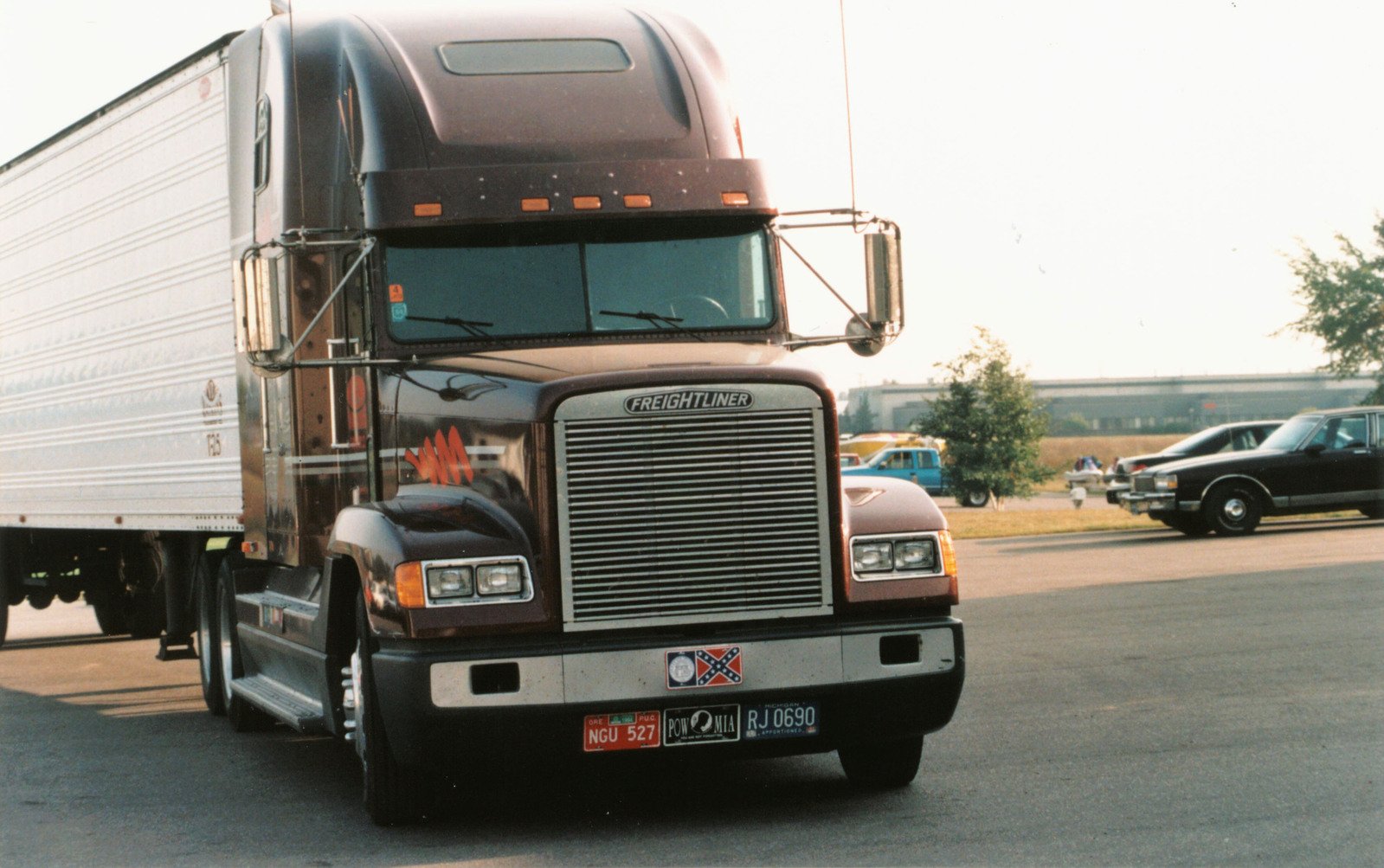Self-driving 18-wheelers are a reality, and they dominate the future of the transportation and moving industry. Driver shortages and growing consumer demand put pressure on carriers to automate, but many find the thought of a fully loaded semi-truck barreling down an interstate without a driver to be unnerving.

Are the Machines Really Taking Over?
Put your paranoia away. The US Department of Transportation (DOT) is on top of things. In September of 2017, the DOT published new safety guidelines and defined five categories of self-driving vehicles.
- Driver Assistance – Computer systems help but do not take control.
- Partial Automation – A driver controls the vehicle, but automation makes corrections.
- Conditional Automation – Drivers surrender complete control but only under specific conditions.
- High Automation – The vehicle performs independently of a driver in a dedicated environment.
- Full Automation – The vehicle functions autonomously in all conditions.
As of 2018, level four automation is only a theoretical possibility. For now, level three conditional automation systems pilot big rigs across highways in the Southwestern United States, but only where regulations permit. In 2011, Nevada was the first state to pass legislation approving autonomous vehicles to operate on public roads. The long flat stretches of highway are a perfect testing ground, and Daimler upgraded its fleet of Freightliner trucks with automation.
Currently, just about every major truck manufacturer offers some level of automation. Google, Tesla, and Uber compete to bring self-driving automobiles to consumer markets, and smaller tech firms, like Otto and Embark, focus entirely on vehicle automation technology.
How Does the Truck Know Where It’s Going?
These systems use a combination of GPS, cameras, and radar to determine speed, direction, and road position. Electrical and hydraulic servos control the steering, throttle, and braking to maintain course and speed.
Human drivers still perform intricate maneuvers in complex environments. Self-driving trucks cannot hook themselves to trailers or navigate city streets. These trucks also need to be told which route to take, and drivers standby at the steering wheel to take over if the automation faults.
On long-haul routes, automation relieves driver stress and fatigue. The precision control offered by the computer’s AI improves fuel efficiency and safety which in turn lower operating and insurance costs.

What Is Automation Doing to the Trucking Industry?
No one really knows for certain.
Although not yet realized, fully automated self-driving trucks promise better service for consumers. Unlike a human driver, an autonomous truck does not face the same stringent operating restrictions. The wheels can keep rolling well past the eleven-hour daily limit currently delaying every route in the nation.
The truck driver career path is already in decline. The time away from home and relatively low hourly wages account for the lack of qualified operators, but talent recruiters acknowledge that the fear of full automation looming in the future makes career prospects even more unappealing. As the drivers go, an entire support industry of trucker services may also fade away.
While the future of trucking is already intertwined with this new technology, the speed and intensity of change are still undetermined.
